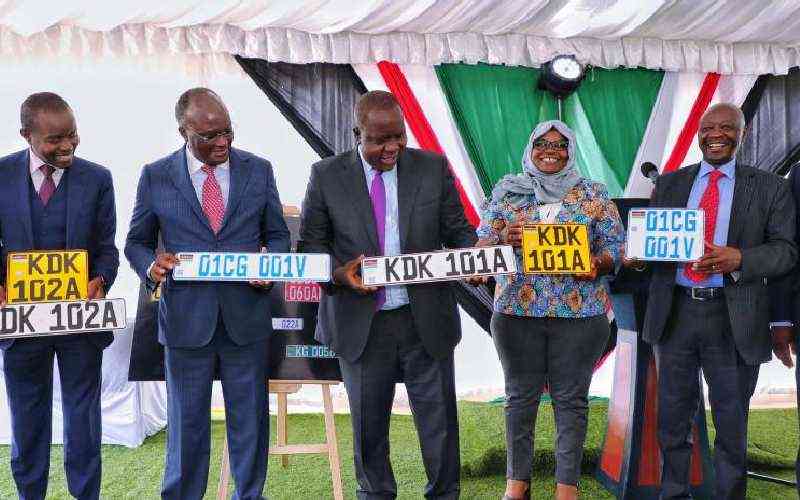×
The Standard e-Paper
Kenya's Bold Newspaper

An announcement by Interior Cabinet Secretary Fred Matiang'i that all vehicles will be fitted with new registration plates attracted mixed reactions.
According to the directive, issued last month, car owners have only 18 months to replace their old registration plates at a cost of Sh3,000.